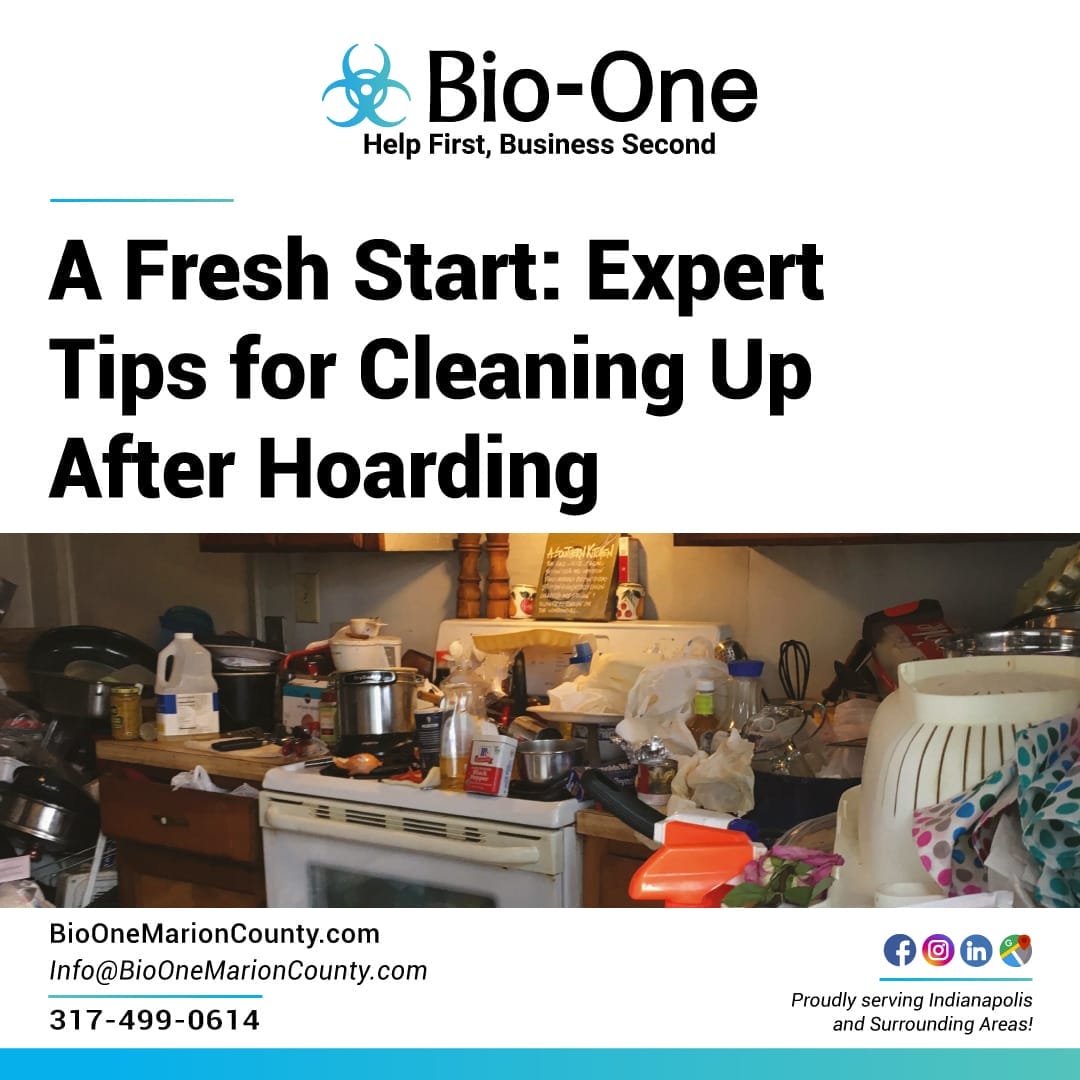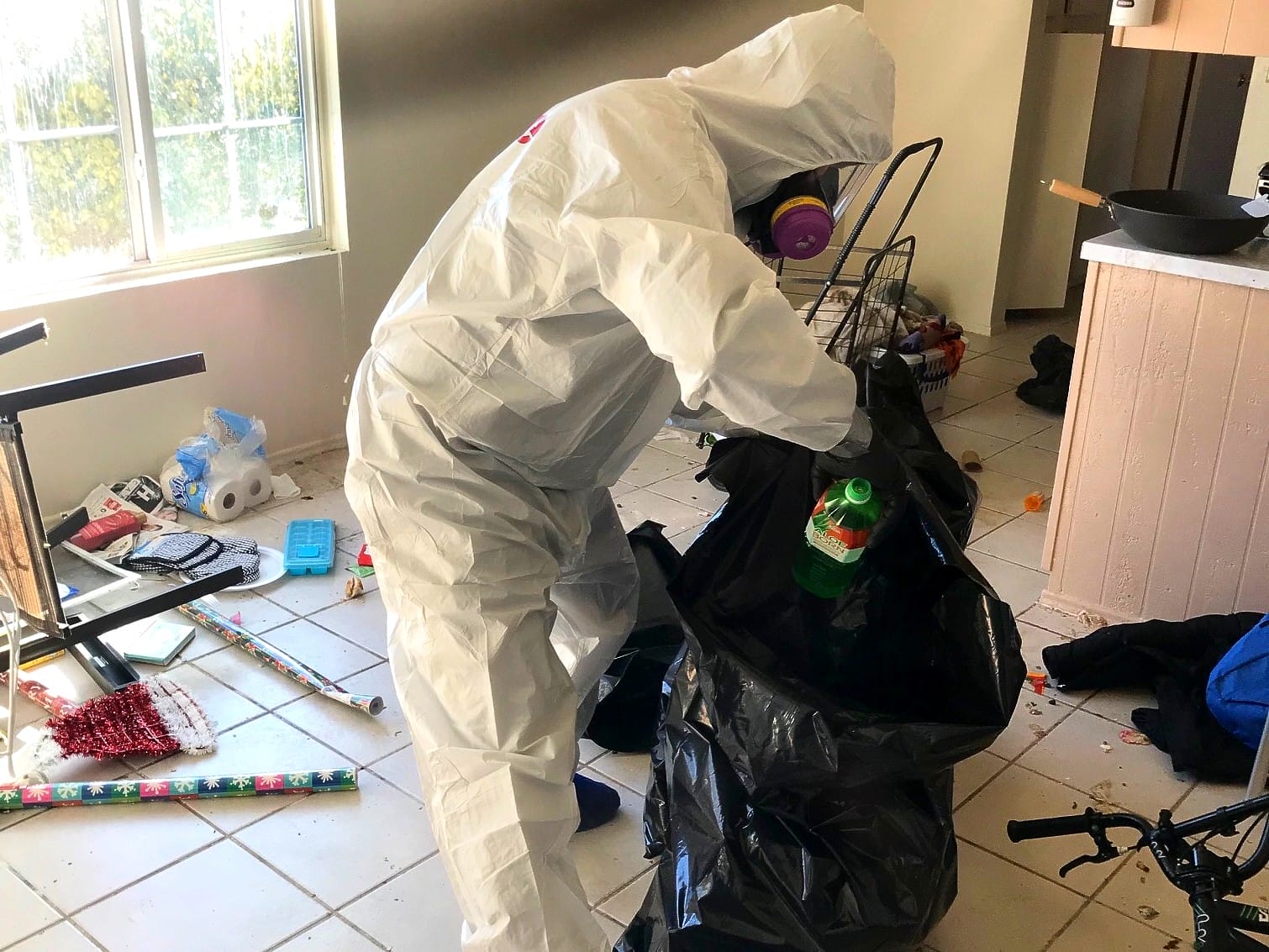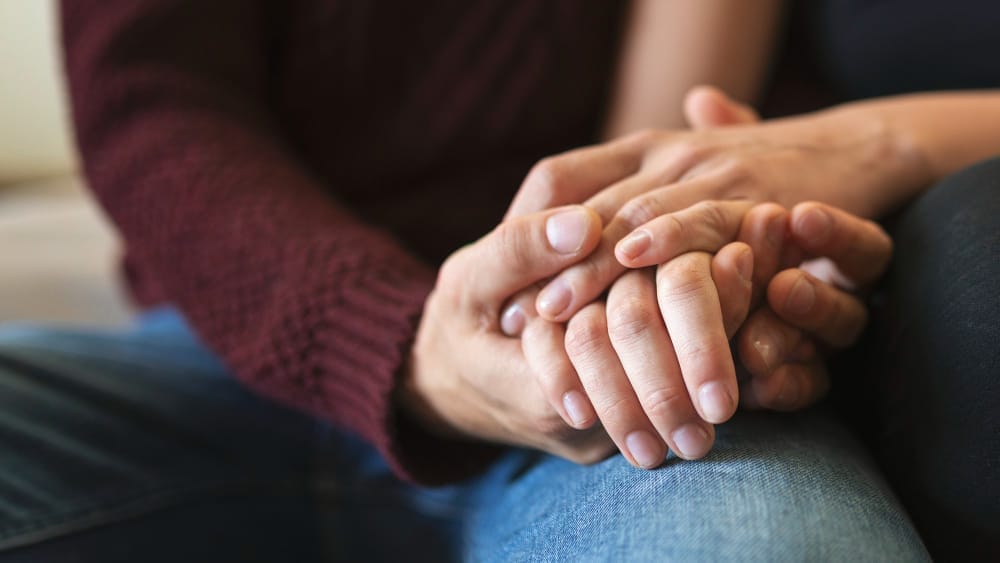
Hoarding can leave behind lots of mixed feelings and emotions: guilt, anxiety, and even exhaustion. From a safety standpoint, it can be a danger to those living inside the property and others, causing fire, mold, pest infestations, and more. Cleanup after hoarding is not an easy task, as there are many steps involved in the process, and the end result will depend on a well-designed plan and execution.
In this blog post, we would like to help understand the process of cleaning up after hoarding and offer some expert tips on how to do it right. As you read on, you’ll learn how to assess the damage, establish safety procedures, prepare for cleanup, remove and dispose of hazardous waste, and restore the home to a safe environment for all!

Understand Hoarding
Hoarding affects individuals of all ages, genders, and backgrounds. It is characterized by excessive collecting, saving, and difficulty discarding possessions regardless of their value. Hoarding can quickly escalate to an overwhelming level where clutter takes over the entire home, making it difficult to navigate and poses serious health and safety risks.
There are many reasons why people hoard, such as trauma, loss, or mental health conditions like obsessive-compulsive disorder (OCD). Before approaching any cleanup and restoration job involving hoarding, understand that it's not a choice but a result of underlying issues that need to be addressed with empathy.
Assess the Damage
Hoarding can cause significant damage to a property, both visible and invisible. Visible damage includes structural issues like mold growth, pest infestations, and blocked pathways. Meanwhile, invisible damage may include problems with electrical wiring, plumbing, or even gas leaks!

With help from professionals, you should check for biohazards, human or animal waste, biological materials, or drug paraphernalia. These hazards require specific cleaning and disposal methods to ensure the safety of everyone involved in the process.
Establish Safety Procedures
Hoarding is a naturally hazardous environment. Before commencing the cleanup process, it's crucial to establish safety procedures:
- Before entering the property, put on personal protective equipment: gloves, masks, and coveralls.
- Make sure to open windows or use fans for ventilation and turn off all electrical sources.
- Establish communication with everyone involved and make a plan for any necessary breaks.
- Ensure that all cleaning products used are appropriate for the type of damage present in the property.
- Have a clear plan for disposing of waste and hazardous materials, including proper labeling and transport methods.
- It’s essential to inform all parties involved, including cleaning crews and emergency responders, of the safety procedures in place.
Prepare for Cleanup
After assessing the damage and establishing safety procedures, it’s time to prepare for cleanup. Here are some steps to follow:
- Start by focusing on one room at a time.
- Remove any visible garbage, clutter, or debris from the area.
- Sort through items and determine what is salvageable and what needs to be disposed of.
- Use appropriate cleaning products and methods for each type of damage present.
- Disinfect and sanitize all surfaces, especially in areas where biohazards were present.

Remove and Dispose of Hazardous Waste
One of the most critical aspects of a hoarding cleanup is the removal and disposal of hazardous waste. This process may be overlooked because there aren't clear rules about what you should do with the waste generated from the restoration process. In reality, disposing of hazardous waste in the wrong way can lead to serious health and environmental consequences.
- Hazardous waste includes items such as chemicals, biohazards, electronics, and sharp objects.
- It’s essential to properly label all containers used for hazardous waste and transport them safely to a designated disposal facility.
- Consider hiring a professional cleanup company with experience in handling hazardous materials to ensure proper disposal.
- Always follow local regulations and guidelines for disposing of hazardous waste.
Restore the Home to a Safe Environment
Once all hazardous waste has been removed and disposed of properly, the focus can shift to restoring the home to a safe environment. The process may include repairing any structural damage, removing mold and water damage, deep cleaning, and deodorizing the property. Any underlying issues that contributed to the hoarding behavior should be addressed.
What is The Outlook for Hoarding Disorder?
Hoarding Disorder requires management and treatment. While there is no one-size-fits-all solution for individuals struggling with hoarding, there are many resources available to help. Treatment may include therapy, medication, and support groups. The outlook for someone struggling with hoarding is positive, as long as there is a willingness to seek help and make changes.

Seek Help & Support
Whether you are dealing with hoarding behavior yourself or know someone who is, it's crucial to seek help and support. Hoarding can be a challenging issue to face alone, but there are professionals, organizations, and support groups that can offer guidance and assistance. Don't hesitate to reach out for help and take the necessary steps towards recovery. Remember, you are not alone in this journey.
Bio-One of Marion County Can Help
Our team at Bio-One is trained, experienced, and equipped to handle any level of hoarding situation with compassion and discretion. Everything from following safety procedures, assessing the damage, removing and disposing of hazardous waste, and restoring the space to a livable condition, we can help.
If you are dealing with hoarding, it’s essential to take action quickly to avoid further damage and potential danger. Our technicians are also available for those who need guidance and support throughout the process!
Bio-One of Marion County is a locally owned and operated biohazard and hoarding cleaning company serving Indianapolis and the surrounding areas. We specialize in all types of extreme cleaning, including blood and bodily fluids, decomposition/undiscovered death, crime scene, suicide cleanup, tear gas, feces/urine, rodent droppings, sewage backups, hoarding, gross filth, virus/bacteria disinfection and odor removal. Helping people get their lives back in order is our #1 priority.
Bio-One of Marion County is here to help you 24/7, 365 days a year! Call (317) 499-0614, and you'll speak directly to one of us when you call; there is never an answering service. We'll treat you like a person with the compassion and respect that you deserve.


